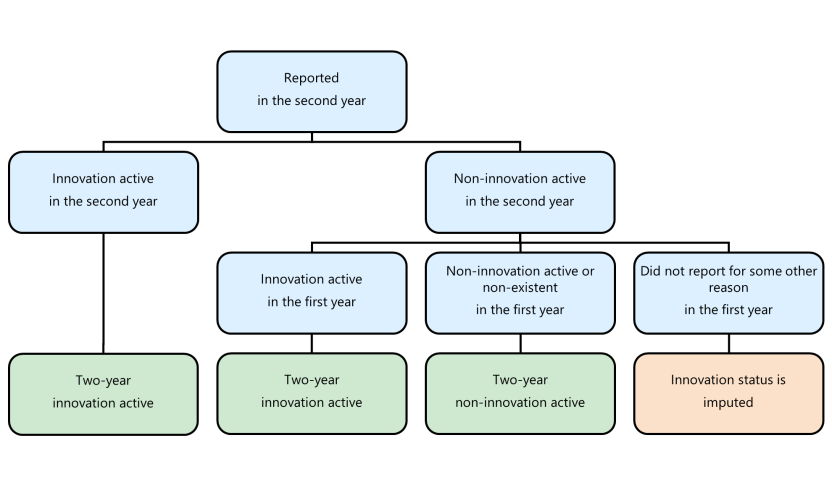Innovation is the introduction of a new or significantly improved good, service, or process. In Australia and other member countries of the Organisation for Economic Co-operation and Development (OECD), one of the key statistics used to measure innovation is the rate of “innovation-active” businesses.
This article presents estimates for historical two-year innovation rates (TYIRs) which have been derived from previously collected single-year responses (Business Characteristics Surveys 2006-07 through to 2019-20). These estimates aim to address the comparison difficulties introduced with the methodological change from a single-year innovation rate (SYIR) to TYIR.
The SYIR and TYIR measure the percentage of Australian businesses which are innovation-active, that is, engaged in any work which was intended to, or did, result in the introduction of an innovation. This information is collected from businesses through the Business Characteristics Survey (BCS).
